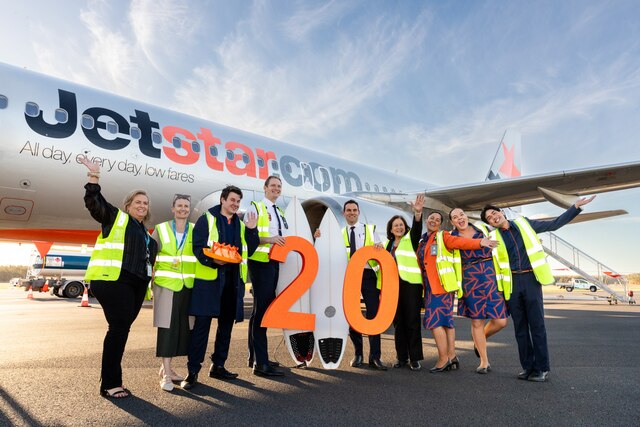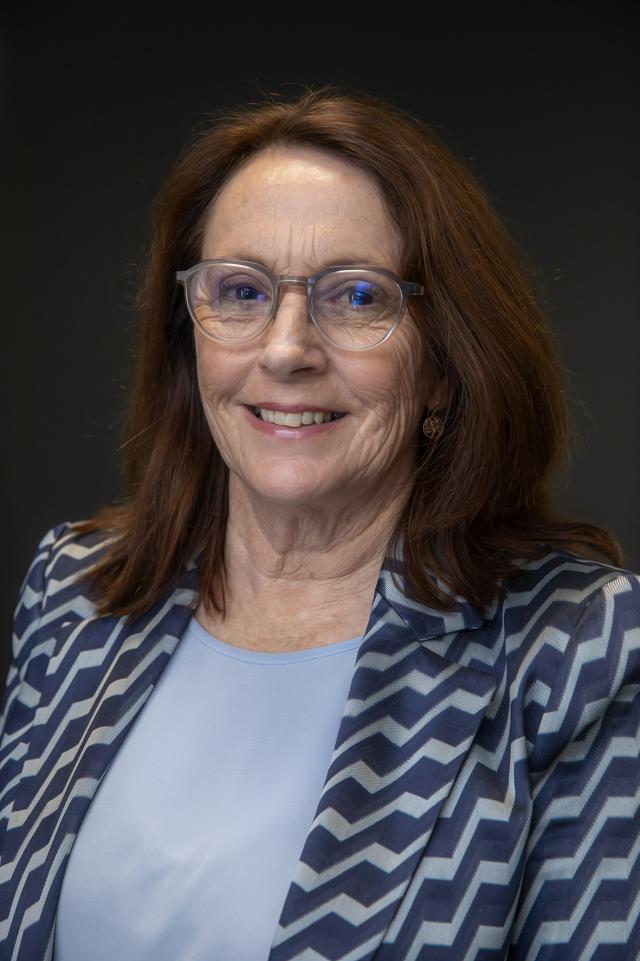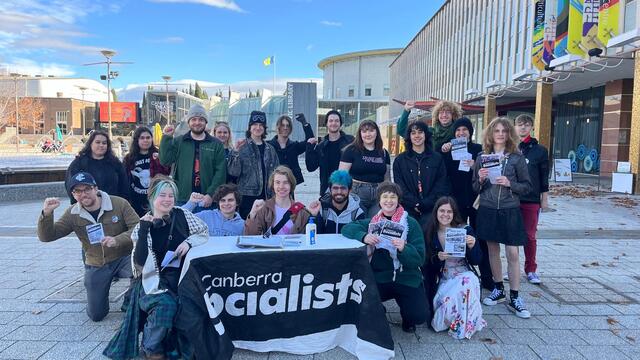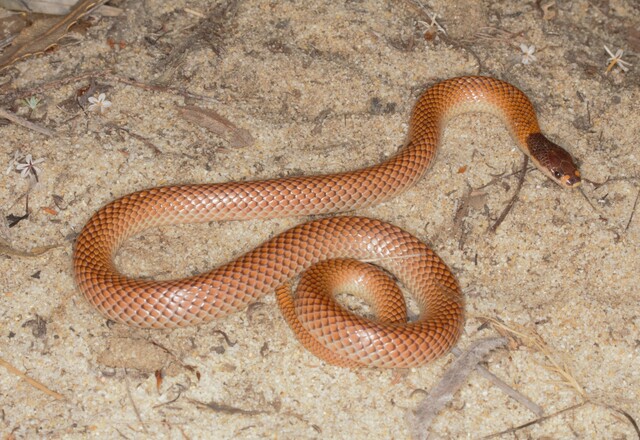This year Bendigo has been chosen to host the Australian Sister Cities (ASCA) Conference from 18 – 22 October. Situated in the very heart of Victoria, Bendigo was literally built on gold and nowadays, with a population of 88,000, continues to be one of Victoria’s most progressive, thriving and beautiful regional cities.
Gold was first discovered in the Bendigo Creek. News of this find spread around the world sparking a rush of people to the area and transforming a remote and quiet valley into a prosperous and thriving city. As a result, Bendigo became the largest of the Australian goldfields until its production was surpassed by Kalgoorlie in the latter part of the 1800s. Interestingly Bendigo remains the seventh richest goldfield in the world to this day producing in excess of 22 million ounces of gold. The surrounding hills remain packed full of relics – from the Central Deborah Tourist Gold Mine to the diggings, shafts and poppet heads, and buildings and mining machinery still in abundance.
With the influx of migrants to the city, Bendigo became a melting pot with its own unique ethnic character. A most enduring and distinctive contribution to the cultural heritage of the city was made by the Chinese. They came as diggers and created their own China Town around Bridge Street near where the Golden Dragon Museum is now located. The Golden Dragon Museum complete with traditional Chinese Gardens is home to Loong, the world’s oldest and Sun Loong, the world’s longest imperial dragons and also a unique and much treasured array of Chinese wax figures and antiquities.
Many colourful personalities make up Bendigo’s rich history. One of the more significant citizens was Sir John Quick – a lawyer and politician who played an integral role in Australia’s quest for Federation. Sir John’s role in Federation is highlighted in the unique Making a Nation Federation Exhibition located in the historic former post office building. Another to leave his mark on the city was German born William Charles Vahland, the architect responsible for many of the city’s beautiful heritage buildings. Vahland’s vision is reflected in the Bendigo Town Hall, the Shamrock Hotel, the Anne Caudle Hospital, the School of Mines, the old Masonic Temple (now The Capital – Bendigo’s Performing Arts Centre) and the jewel in the centre – the Alexandra Fountain.
Bendigo’s past is brought to life by the Vintage ‘Talking’ Tram tours conducted from the famous Central Deborah Mine complex and this tour is included in the conference program. As a delegate at the Bendigo ASCA 2002 Conference you will experience not only the history and heritage which are central to the city’s cultural life but also the lively contemporary lifestyle of music, cafes, wine, the arts and a thriving business community. The conference will be primarily held at The Capital – Performing Arts Centre which is situated in View Street and features historic terraces and grand public buildings.
View Street is regarded as Bendigo’s Arts Precinct and is home to a host of commercial galleries and antique stores as well as the newly renovated Bendigo Art Gallery (1867) where the Conference Welcome Reception will take place. Located a short walk from View Street is leafy Rosalind Park, named by Vahland after Rosalind in Shakespeare’s play As You Like It. A lookout tower, converted from an old poppet head, sits at the top of the park. A climb up to the top rewards you with spectacular views of the city, and inlaid murals at its base highlight the extent of the Bendigo mines.
On Saturday 19 October Rosalind Park will be transformed into a lively multicultural festival including dancers, choirs, bands, street performers and crafts people from diverse backgrounds. The conference will provide a thought provoking program, which will include Field Trips, and a Partners Program infused with cultural and culinary experiences unique to the Bendigo region. Tastes of the Mediterranean will be highlighted in menus throughout the four days of the conference showcasing local produce that is a result of a recent agricultural boom.
Wines from Victoria’s Red Centre are complementing this produce revival. Take a drive through the rolling hills and granite outcrops surrounding the city to visit some of the region’s many wineries. Central Victorian Shiraz is particularly well regarded and discussing its merits with the regions winemakers in person is a highlight of any visit. Lunch at one of Bendigo’s local wineries with a presentation from the winemaker will certainly be a feature of the Conference Field Trips. If you’re an enthusiast for the natural environment the Whipstick and Kamarooka State Parks, together with the Eaglehawk Regional Park, cover some 14,800 hectares. These parks conserve some of north central Victoria’s outstanding natural features including significant relics from gold mining and eucalyptus oil industries. The areas are home to 170 species of birds such as the grey shrike-thrush, the white-wing chough and other fauna such as the eastern grey kangaroo, black wallaby and echidna.
Characteristic of this area is a variety of eucalyptus; principally the blue, green and bull mallees along with the grey box and iron bark. Found only in the Bendigo area is the vivid flowering whirakee wattle. Bendigo is part of the Dja Dja Wrung area and is home to people from some 30 different nationalities.
This is a glimpse of the many exciting and varied experiences that Bendigo has to offer. Register for the Bendigo ASCA conference and experience important exchanges between ASCA members (we’re encouraging as much involvement from members as possible), fascinating keynote presentations, educational field trips and workshop sessions plus the warmth and hospitality of a regional city with sophisticated and diverse amenities – Bendigo really is the centerpiece of Victoria!
For registration and further information, contact Abigail Place, Time and Place Event Solutions on (03) 9689 0577.







